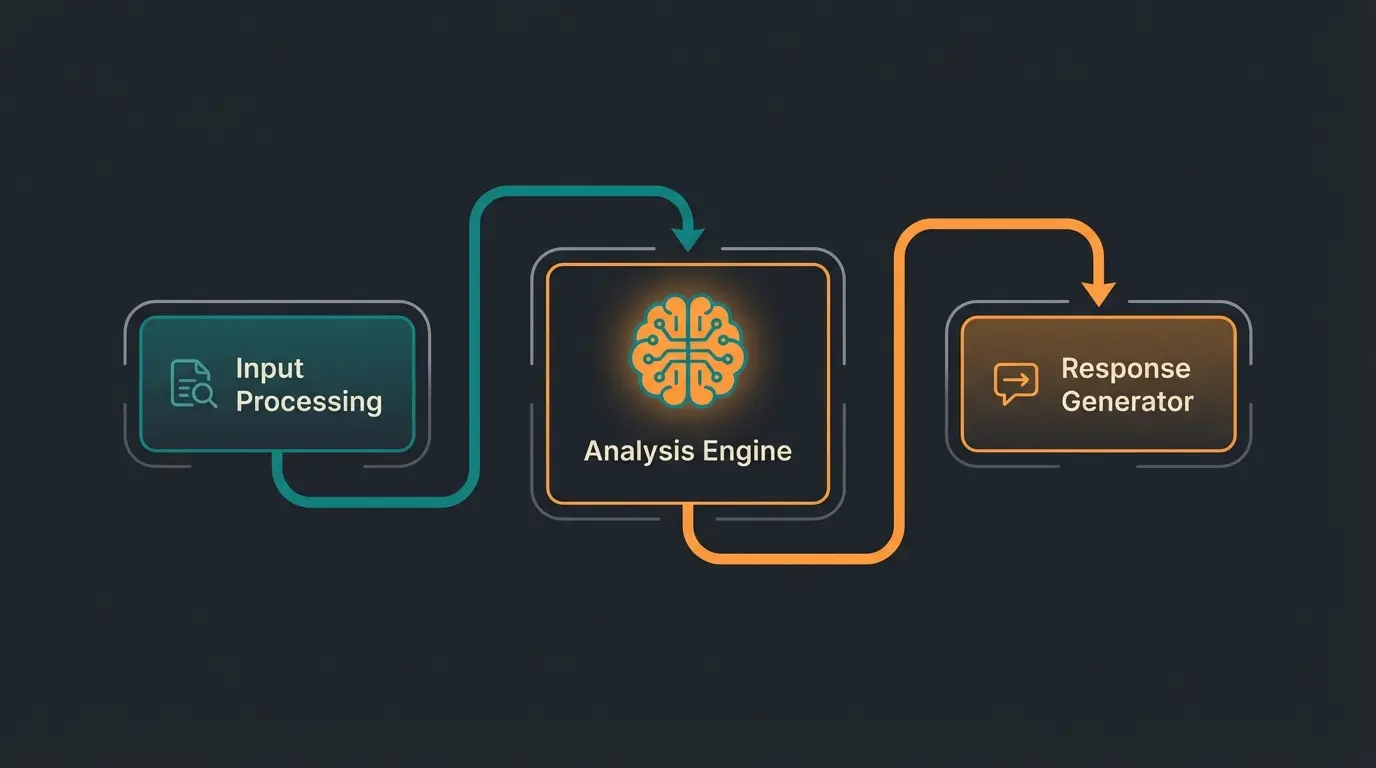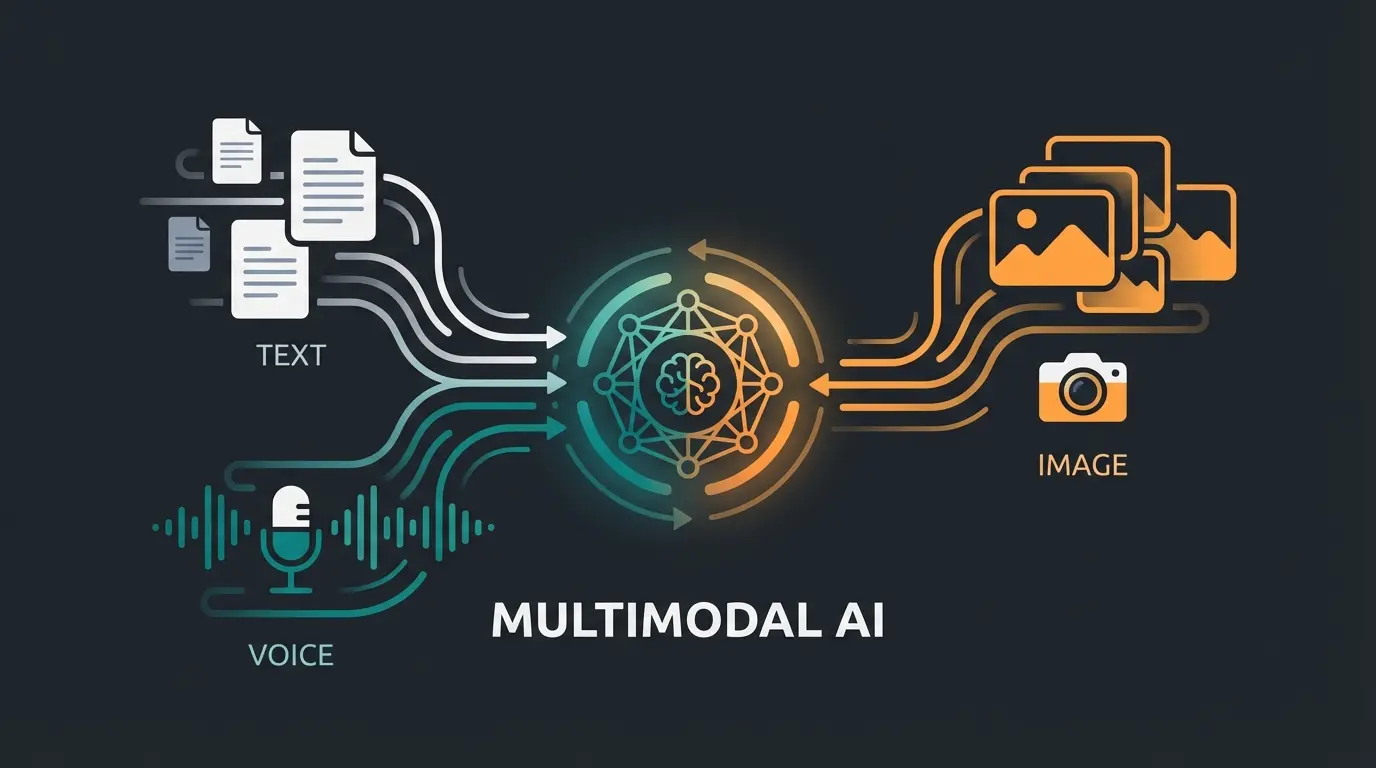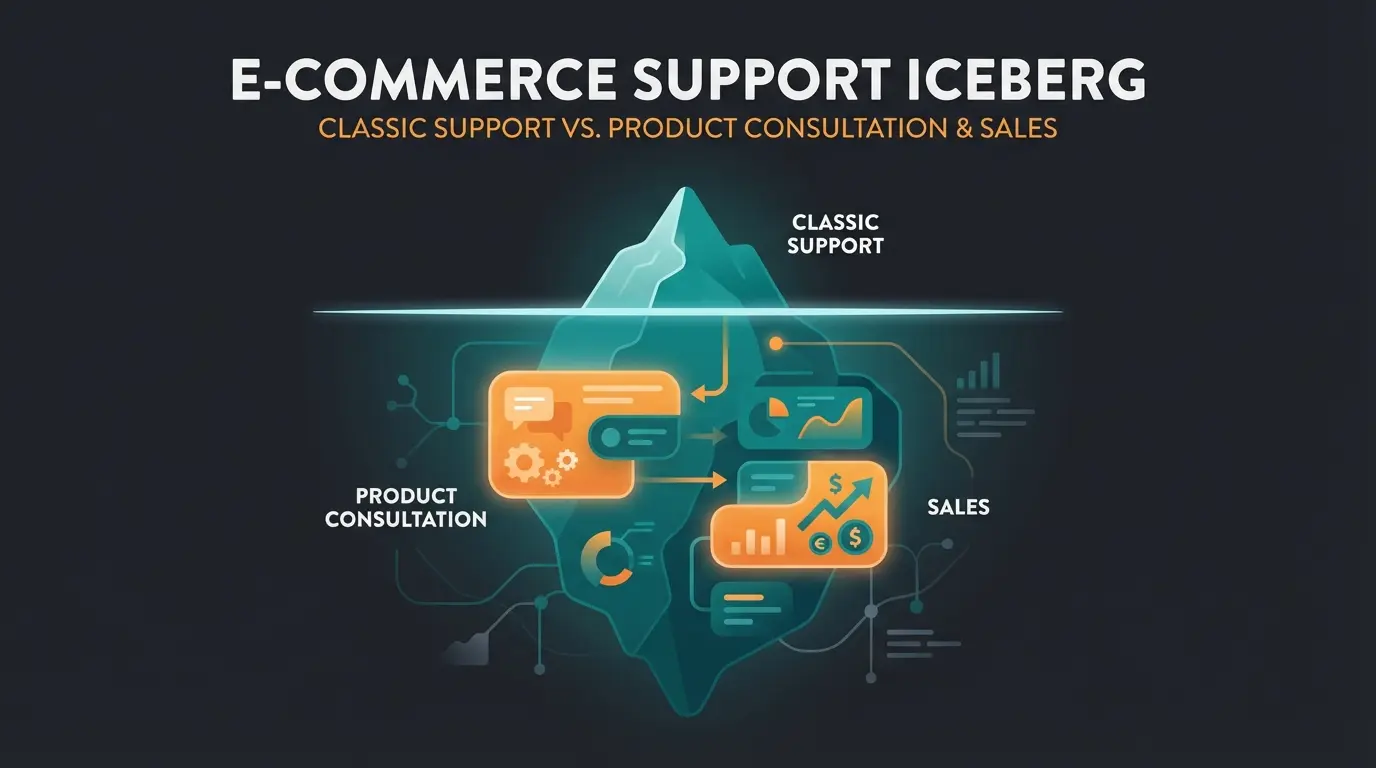Introduction
AI-supported customer service automation is becoming increasingly important for companies. According to current market data from Statista, 67% of German companies are already using AI solutions in customer service. This development is particularly evident in the rising demand for intelligent automation solutions.
Customer service is currently in a phase of digital transformation. A Bitkom study proves that companies using AI-supported automation record an average efficiency increase of 35% while simultaneously reducing costs by 25%. These figures illustrate the enormous potential of the technology.
However, the narrative is shifting. While efficiency is crucial, the real opportunity in 2025 lies in revenue generation. The integration of AI-supported customer service enables a significant improvement in service quality that goes beyond simple ticket deflection. Automated systems can process customer inquiries around the clock and deliver consistently high-quality answers. The average response time drops to a few seconds, while customer satisfaction demonstrably increases.
Technological Foundations: What is AI in Customer Service?
AI Systems in Detail
The German Research Center for Artificial Intelligence (DFKI) describes the functionality of modern AI systems in customer service as a combination of machine learning and natural language processing (NLP). These technologies make it possible to understand customer inquiries precisely and generate appropriate answers.
A key component is AI Chatbots in customer service, which continuously learn through Deep Learning. They analyze customer interactions, recognize patterns, and constantly improve their responses. Unlike older rule-based bots, these systems can grasp complex contexts and react largely to the situation.
The system architecture is based on three core components: Input processing, the analysis engine, and the response generator. These work together seamlessly to enable precise processing of customer inquiries. Integration into existing CRM systems takes place via standardized interfaces, ensuring smooth implementation.
Modern AI solutions utilize advanced algorithms for sentiment analysis and can capture the emotional context of a customer inquiry. This enables empathetic and situation-appropriate communication that is hardly distinguishable from human interaction.

The Game Changer: Automated Product Consultation
Most companies use AI to answer "Where is my package?" But the true "Blue Ocean" strategy is using AI for product consultation. Websites often have too many products, and filters can be annoying. Here, AI acts not just as support, but as a sales assistant.
| Feature | Classic Chatbot (Old School) | AI Product Advisor (Your Solution) |
|---|---|---|
| Technology | Keywords & Scripts | Generative AI (LLMs) & Context |
| Goal | Deflect Tickets (Cost Reduction) | Drive Sales (Revenue Increase) |
| Response Quality | "Here is a link to the FAQ" | "I recommend Model X because..." |
| User Frustration | High (Often misunderstands) | Low (Natural dialogue) |
Implementation Strategies
Successful AI integration in customer service begins with a structured plan. Practical implementation requires careful preparation and clear objectives.
Analysis of current processes and identification of weak points.
Definition of measurable KPIs (e.g., conversion rate, response time).
Testing the AI solution in a limited area or with a specific product line.
Step-by-step expansion to other departments and languages.
The first step consists of analyzing existing customer service processes. By identifying automation potentials, priorities can be set. The systematic integration of AI solutions then takes place in the defined phases shown above.
Employee Integration and Change Management
Involving employees is crucial for success. Transparent communication and targeted training create acceptance. A prime example of successful Change Management is the introduction of the AI employee Flora at Neudorff.
Employees are trained to become AI experts and take on new, value-adding tasks. This increases job satisfaction and minimizes resistance to change. Instead of replacing humans, the AI handles the repetitive queries, allowing your team to focus on high-value closing conversations.
Stop just answering FAQs. Start advising your customers 24/7 with our AI solutions.
Get Your AI StrategyCore Functions of Modern Automation Solutions
Modern AI systems in customer service offer a wide spectrum of functions. These enable comprehensive automation while simultaneously increasing quality.
- Self-Service Portals: These form the foundation of automation. AI integration enables personalized answers and proactive assistance directly in the help center.
- AI-Supported Chatbots: The new generation of AI chatbots utilizes advanced language models to understand intent, not just keywords.
- Automatic Ticket Management: AI-based systems categorize and prioritize incoming inquiries automatically, routing complex cases to specialists.
- Predictive Analytics: By analyzing historical data, customer inquiries can be predicted, allowing for proactive resource planning.
Cross-Channel Integration
Seamless integration of various communication channels creates a unified customer experience. Email, chat, social media, and telephony are controlled centrally. The AI systems guarantee consistent answers across all channels, ensuring that a customer on WhatsApp gets the same high-quality advice as one on email.
Case Studies and ROI: The Real Numbers
The implementation of AI solutions in customer service shows impressive results. According to current analyses by the Fraunhofer Institute, companies achieve an average cost saving of 45-80% while simultaneously increasing quality.
Success Story: Neudorff's AI Employee 'Flora'
A leading example is the gardening company Neudorff with their AI employee Flora. The integration led to measurable improvements that go beyond simple support:
Precision in product recommendations
Average response time under 5 seconds
Cost reduction per consultation conversation
ROI Calculation in Practice
The calculation of Return on Investment is based on several key factors. Direct cost savings arise from reduced personnel costs in First-Level Support. A medium-sized company with 10,000 monthly customer inquiries can save an average of 150,000 Euros per year.
Furthermore, indirect savings result from faster processing times and higher customer satisfaction. Reducing customer churn by just 5% can mean several million Euros in additional revenue annually for a business with an average customer value of 1,000 Euros.
Challenges & Solutions: Trust and Privacy
To fully leverage AI, companies must address specific challenges, particularly regarding trust and data privacy.
Hallucinations & RAG
A common fear is that AI might invent product features (hallucinations). The solution is RAG (Retrieval Augmented Generation). This ensures the AI only uses data from your specific knowledge base or product feed, effectively 'grounding' the AI in truth.
Future Perspectives: 2025 and Beyond
AI-supported customer service automation is developing rapidly. The Federal Statistical Office predicts a significant increase in AI usage in customer service for 2024/2025.
Key Trends for 2025

- Multimodal AI: New models allow for simultaneous processing of text, speech, and images. A customer could upload a photo of a broken part, and the AI would instantly recognize it and suggest a replacement.
- Hyper-Personalization: Through predictive analytics, AI creates improved customer profiles to solve problems before the customer even reports them.
- Emotional AI: Systems are increasingly capable of recognizing moods and reacting appropriately, enabling even more personal customer care.
These developments enable even more efficient and personalized customer care while simultaneously optimizing costs. Companies that invest in these technologies early on secure a clear competitive advantage.
Conclusion
The era of the clumsy FAQ bot is over. In 2025, AI in customer service is about scaling expert advice and turning every interaction into a potential sale. By implementing a thoughtful strategy that prioritizes product consultation and data privacy, you can transform your support team from a cost center into a major revenue driver.
No. AI takes over repetitive tasks (First Level Support), allowing your human team to focus on complex cases and high-value customer interactions. It acts as a force multiplier, not a replacement.
Modern AI solutions for the German/EU market are designed to be DSGVO-compliant. They use server locations within the EU and anonymization techniques to protect personal data.
Yes. Unlike old bots, Generative AI can act as a product consultant. It understands user needs (e.g., 'hiking boots for wide feet') and recommends specific items from your inventory with reasoning, directly driving conversion.
While there is an initial investment, the ROI is often realized quickly. Studies show average cost savings of 60-80% in ticket handling, alongside increased revenue from better conversion rates.
Don't get left behind in 2025. Experience how our AI can automate your product consultation.
Start Your Free Trial
